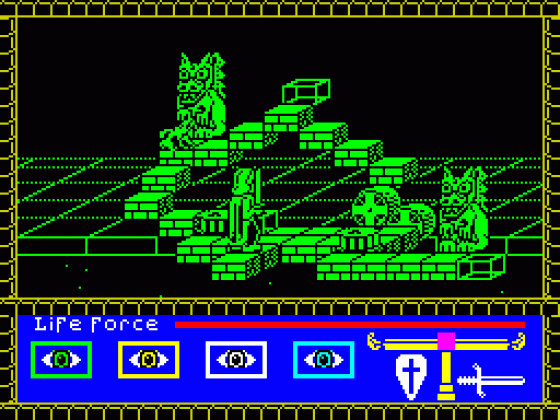Other Reviews Of Rasputin For The Spectrum 48K/128K
Rasputin (Firebird)
A review by (Crash)
Rasputin (Firebird)
Last month, you saw the storyboard. This month, you've played the demo version. Now it's time to read the full review! Rachael Smith rights the wrongs of the mad Russian monk in Firebird's hit new megagame, Rasputin.
Rasputin (Firebird)
A review by John Gilbert (Sinclair User)
Rasputin (Firebird)
A review by John Gilbert (Sinclair User)
Rasputin (Firebird)
A review
Rasputin (Firebird)
A review


 1st April 1986
1st April 1986


